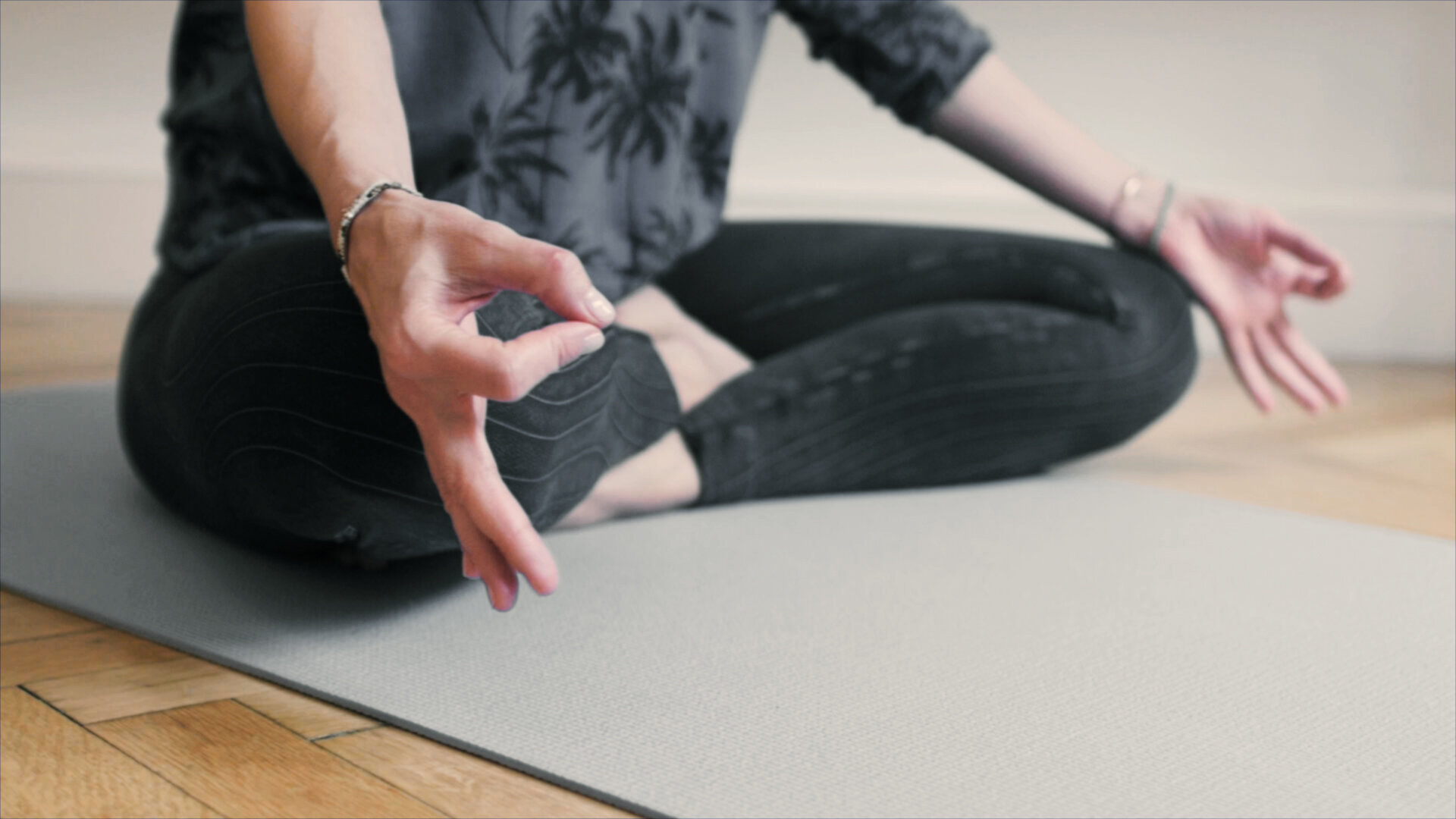Mindfulness Based Stress Reduction
DE | EN
“You can’t stop the waves, but you can learn to surf.”
- Jon Kabat-Zinn
I have been working as a physiotherapist for 20 years now. The interaction of body, mind and soul is and has always been the focus of my interest.
In the beginning I mainly devoted myself to the countless manual body techniques and expanded them with other more holistic methods such as osteopathic approaches or Craniosacral-therapy. 10 years ago I also completed a yoga training. This sent myself on a journey of change. I started meditating and incorporated my learnings and experiences into my work.
As a professional in recognizing movement patterns and blockages, having an easy time teaching yoga positions and relaxation techniques, I still felt the need of understanding why some bad habits or motivations are not easily changed.
The desire to better understand the underlying mental mechanisms and therefore to be able to help more effectively became more and more manifest.
I myself like to work a lot, but at certain times I felt stressed and the resulting loss of control.
So I started to research different coaching trainings and first completed a university course at the Sigmund Freud University in Vienna. By chance I came across the Mindfulness Based Stress Reduction (MBSR) technique developed by Jon Kabat-Zinn. I then started a course of study at Stanford University CA in 2018, which I finally completed online with a student of Jon Kabat-Zinn. At this point, my special thanks go to Patty McLucas, who always taught me with much love and patience.
Like so many things, this education was also strongly influenced by the aspect of self-awareness. I learned to understand better how our thoughts and body connections function. However, I am of the firm opinion that you never finish learning in this area!
In the meantime The Mindful Movement has become quite present in Europe, and one hears and reads about it more and more often. Meditation, body scans and yoga exercises - tools that are also used in the MBSR technique - are offered in many places and lead practitioners to a better and healthier self. In addition, the 8-week program according to Jon Kabat-Zinn offers the opportunity to gain a very profound understanding of one's own cognitive, behavioural and emotional patterns.
The technique developed for this purpose is clinically validated and based on scientific studies in seriously ill persons (e.g. cancer patients). Through appropriate interventions, it has been proven that stress and pain reduction as well as a more positive perception of one's own life situation can be achieved.
How does MBSR work?
The technique is divided into different stages:
Awareness of Breathing, Awareness of Judging, Body Scan, Beginner's Mind, Don't know mind, Mindful Yoga, Non Striving, Meditation, Letting go / Letting be, Acknowledgment, Patience, Mindful Communication, Trusting in Self-Reliance.
Through a focused attention to one's own breathing, one develops a better access to all body sensations. Through this conscious body awareness one learns to recognize and control one's thoughts. The result is the sensitization to situations in which one judges one's own thoughts hastily.
This is easy to do as an exercise - like a muscle training - and can be integrated into everyday life without much time invested.
This better understanding of one's own thoughts and feelings also facilitates communication with others. On the basis of being more patient and gentle with yourself. Each of us knows the patience we have towards our partner, or a superior person or children. But what about patience towards yourself?
With growing self-confidence, decisions can be made more clearly again, emotional suffering changes and the individual stress level continuously decreases.
All of a sudden I could enjoy a lunch break of one hour again. I experienced it as a valuable time-out, could simply put aside the ongoning to-do's. I felt grateful again for the little things in life, the daily annoyance was reduced. And finally my performance and energy was back to the level I was used to.
The feeling of not being able to see the wood for the trees disappeared, my decisions were made more consciously again - this made my life much easier!
However, of course one is not immune to falling back into old patterns. But it is reassuring to know that there are ways to consciously perceive the relationship of action and reaction - and to be able to influence it. This technique is therefore a very effective burn-out prophylaxis and can also be used as stress management in everyday life for everyone.
The intensive confrontation with oneself is not always pleasant and requires a considerable amount of courage, which is usually rewarded by a better feeling of well-being. In any case I am grateful for this experience.
And I also thank all those clever minds who, through scientific work, give us more and more insight into the complex interplay of body and mind.
A new path, which will certainly have many branches, but will definitely remain exciting.













